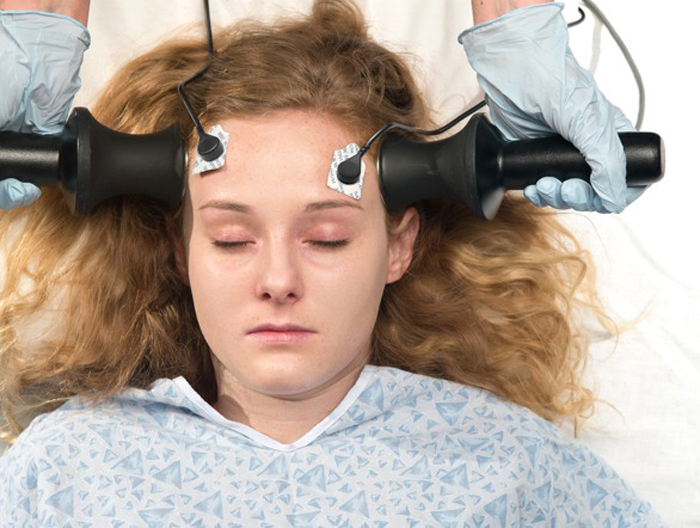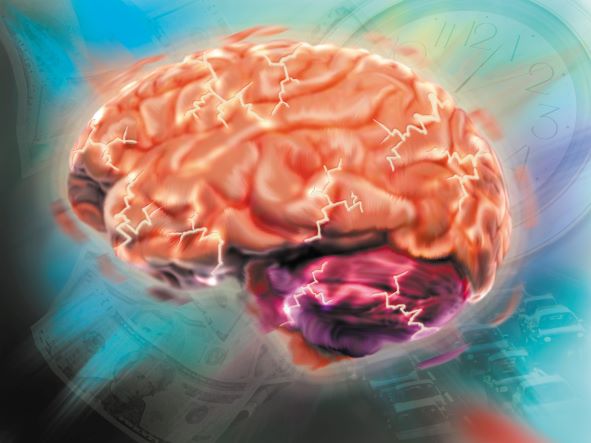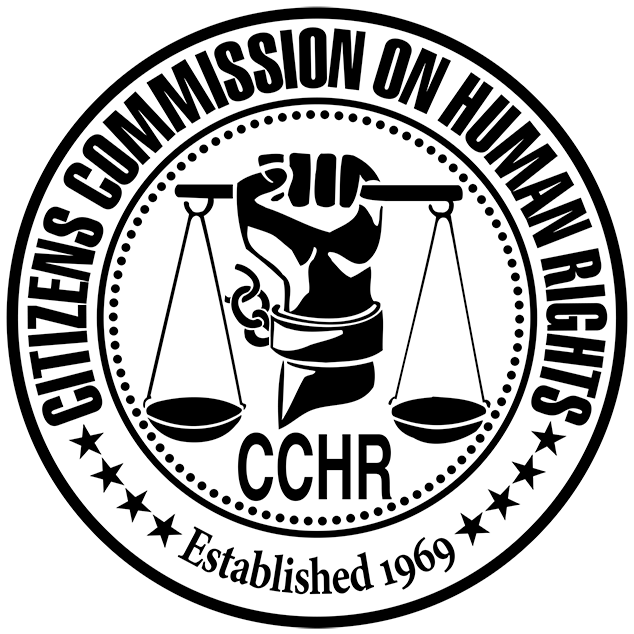Patients are not given enough information about the drawbacks of electroshock to give true informed consent for the procedure, researcher says.
While a million people – mostly women and the elderly, but even young children – receive electroconvulsive therapy (ECT, or “electroshock”) each year, patients are not being given enough information about the serious risks and lack of effectiveness of the procedure to give true informed consent to receive it, according to professor of psychology John Read, Ph.D.
Writing in Psychology Today, Read reports on three audits of patient information leaflets about ECT in the U.K., which he conducted with colleagues over the past two years. They found that pertinent information about risks were omitted, such as the cardiovascular risks, the risk of death, the lack of evidence of long-term benefits, and the fact that it is not known how ECT is supposed to work. There is not even proof of any brain dysfunctions that ECT, by running strong electrical currents through brain tissue, could correct.

In some information pamphlets, the risk of memory loss was minimized, or effectiveness was asserted without mentioning that similar rates of recovery were achieved by people receiving sham (placebo) treatment.
“The minimisation of risks is not uncommon in ECT practice and research,” writes Read.
According to the U.S. Food and Drug Administration (FDA), electroshock can cause brain damage, cognitive impairment, permanent memory loss, prolonged or persistent seizures, worsening psychiatric symptoms, cardiovascular complications (including heart attacks), breathing complications and death.
Even psychiatrist Max Fink, considered “the grandfather of American ECT,” admitted that “the principal complications of ECT are death, brain damage, memory impairment and spontaneous seizures.”
ECT shoots up to 460 volts of electricity through brain tissue to induce a grand mal seizure that can last up to 30 minutes. A grand mal seizure is the most serious type of seizure, the kind usually caused by epilepsy. Emergency room doctors treat a grand mal seizure as a medical emergency. Psychiatrists performing the procedure call it “therapy.”
“The minimisation of risks is not uncommon in ECT practice and research.”
— John Read, Ph.D., professor of psychology, University of East London
Read disputes any claim that electroshock is “highly effective,” writing that no proof of that exists.
“There have…been no placebo-controlled studies of ECT for depression since 1985, and all 11 studies prior to that date were very small, severely flawed and conducted on adults,” he pointed out in previous commentary, published in Brain and Behavior. “There have been no placebo-controlled studies on children or adolescents.” Despite that fact, statistics on electroshock usage in the U.S. for 2019 reveals ECT was administered to children 5 years of age or younger in at least four of 27 states reporting ECT use to Medicaid.
What’s more, there is no lasting benefit to patients after a course of electroshock. “No studies have found any evidence that ECT is better than placebo beyond the end of treatment,” Read wrote for the MadInAmerica website.

Even the U.S. Food and Drug Administration (FDA) requires ECT machines to have signs next to them stating, “The long-term safety and effectiveness of ECT treatment has not been demonstrated,” Read observed.
Read reports he was recently an expert witness in a trial in which the jury found that Somatics, a manufacturer of machines for administering ECT, failed to adequately warn about the risks associated with its device. In settling a prior lawsuit, the company had already added the risk of “permanent memory loss and brain damage” to the list of adverse effects it is disclosing about its machine.
The failure of the ECT to reduce the risk of death by suicide is the finding of other recent research. One study found that the odds of patients committing suicide in the year after receiving ECT were not statistically different from the odds of those who did not receive it.
Another study revealed that patients are 44 times more likely to die from suicide in the two years following ECT treatment than those who did not get the procedure and twice as likely to die from any cause.
The Citizens Commission on Human Rights (CCHR) advocates a total ban on ECT and continues to raise public awareness about the brain damage it causes. More than 133,000 people have signed the CCHR online petition to ban ECT.
CCHR recommends a complete physical examination with lab tests, nutritional and allergy screenings, and a review of all current medications to identify any physical causes of depression or other unwanted mental or behavioral symptoms, which might otherwise be misdiagnosed as a psychiatric disorder and incorrectly treated.
